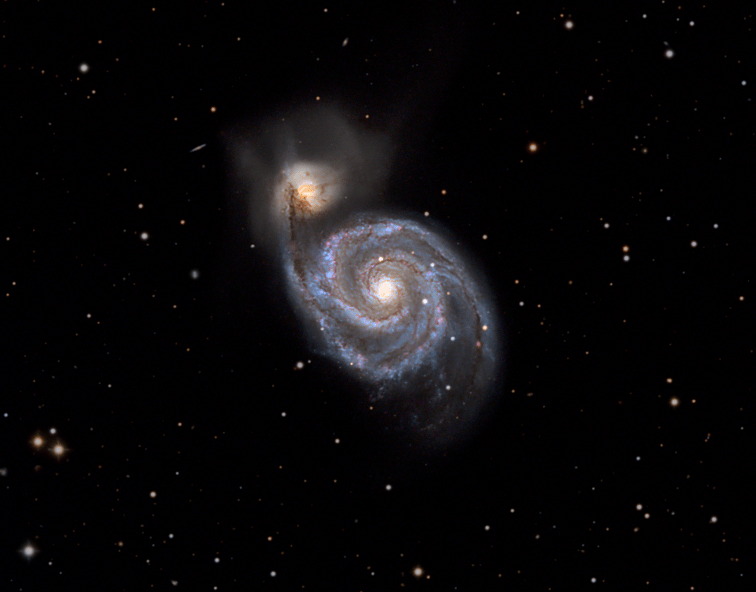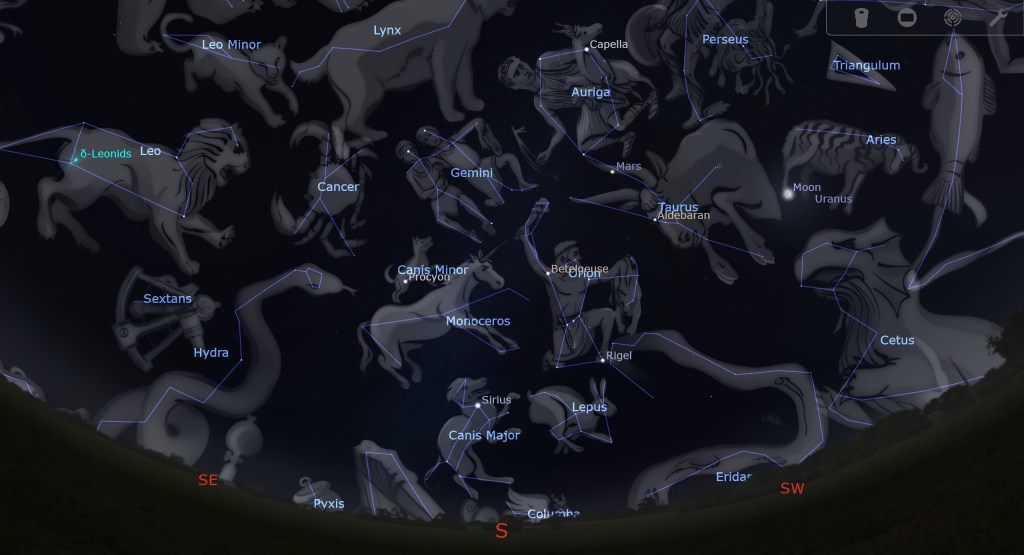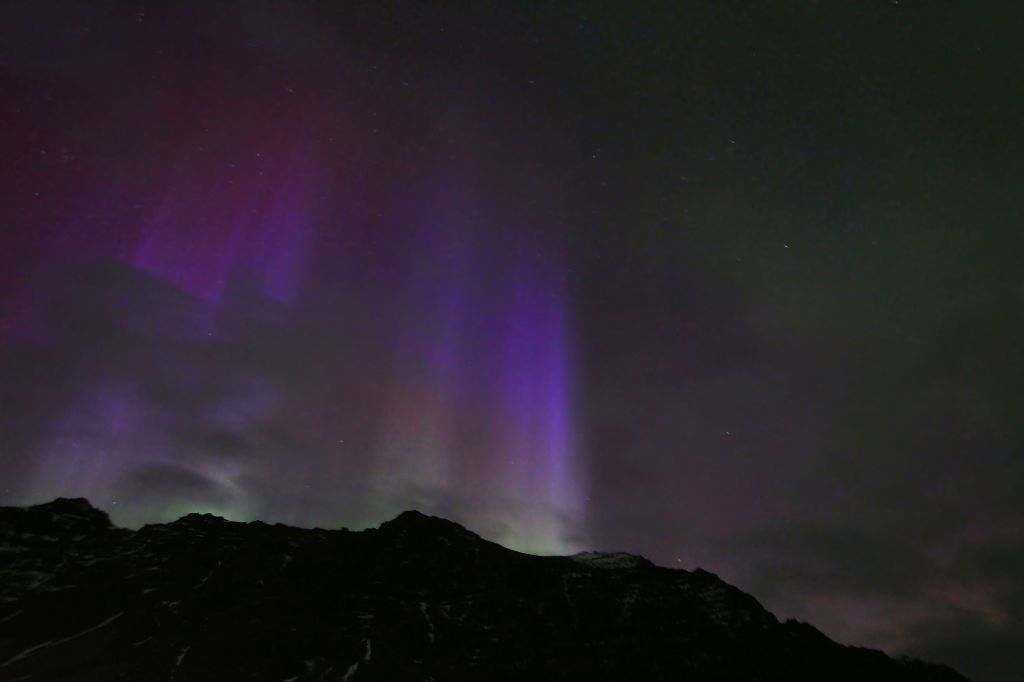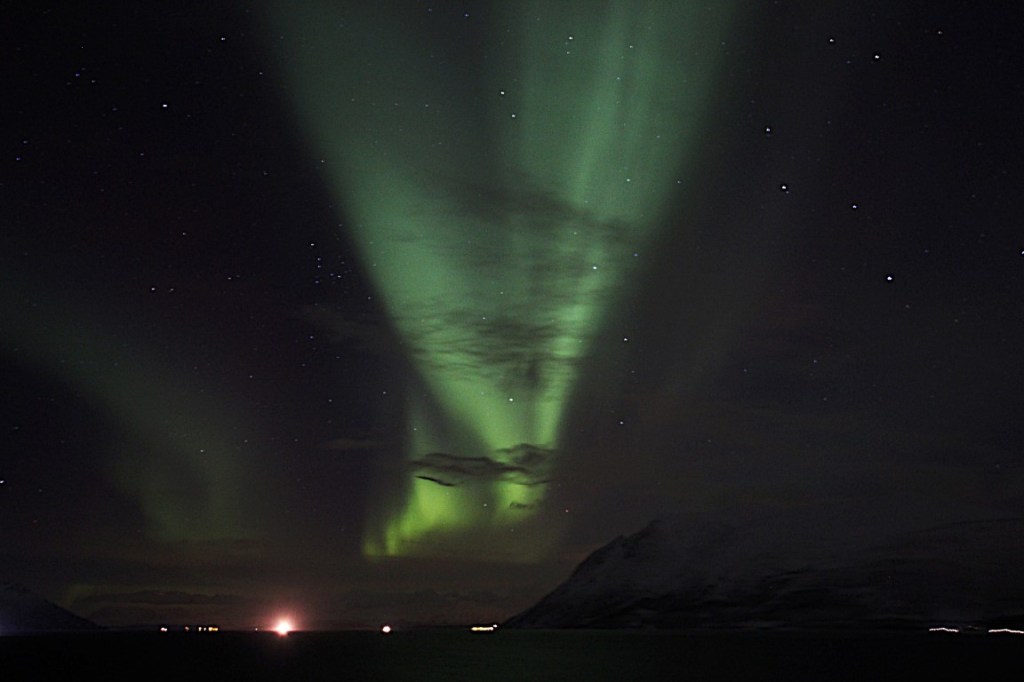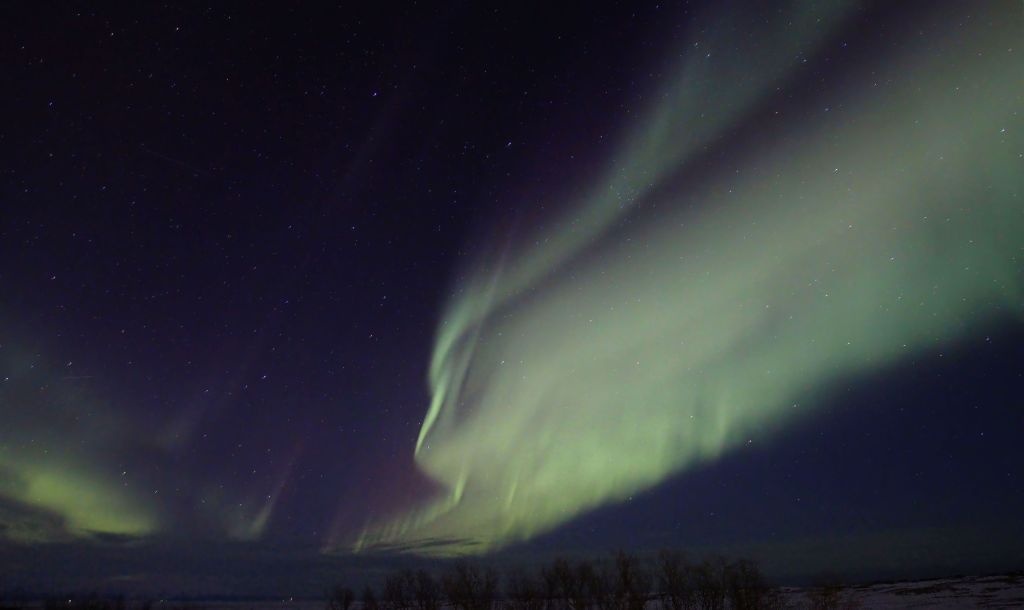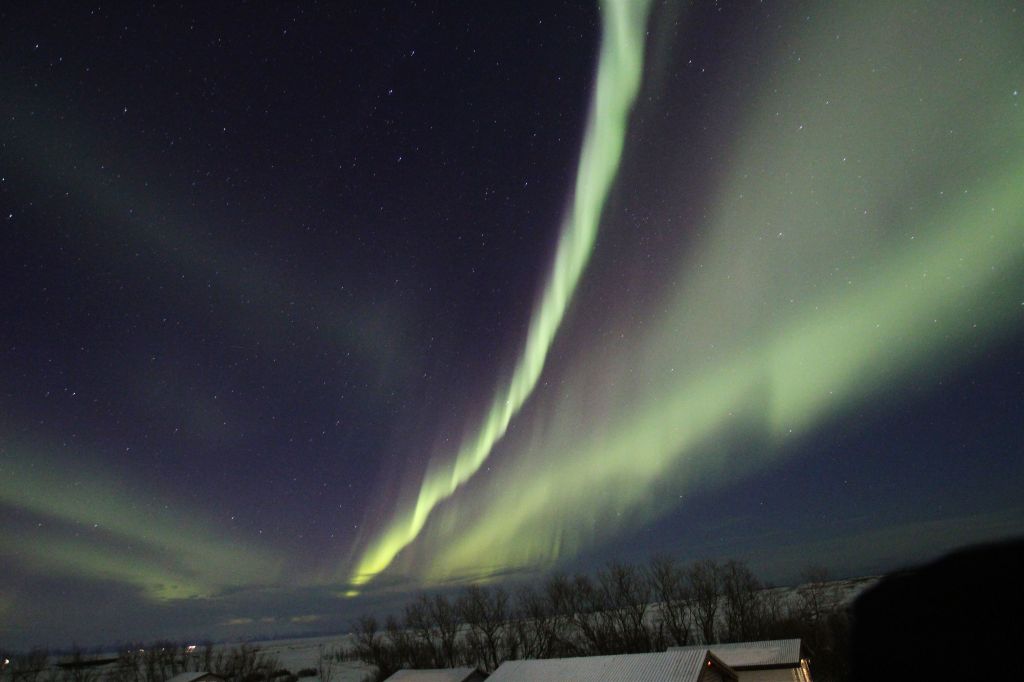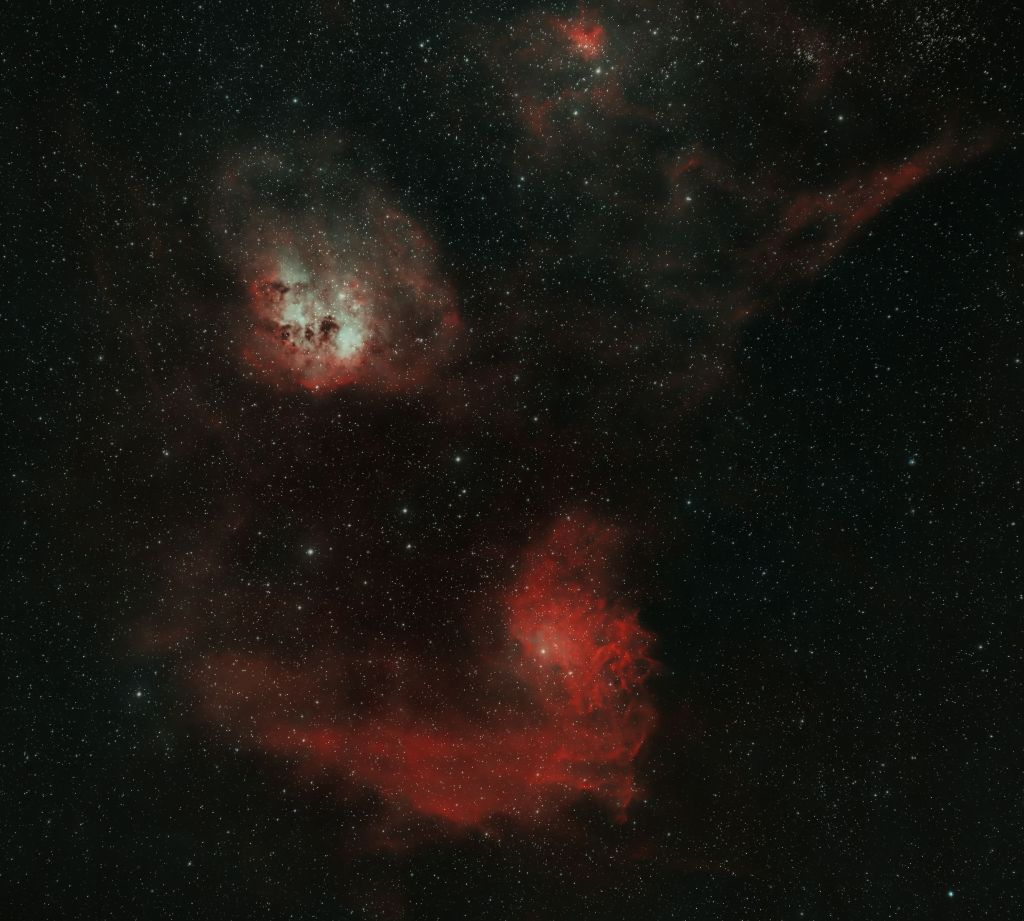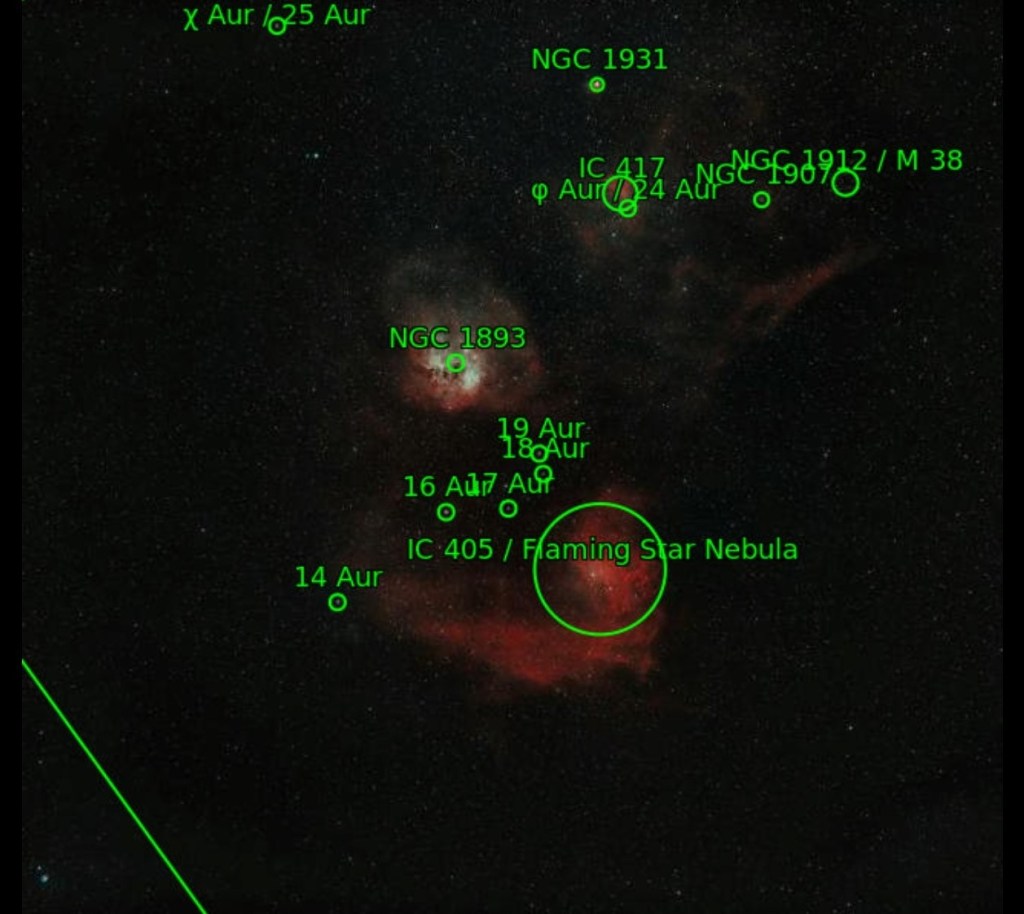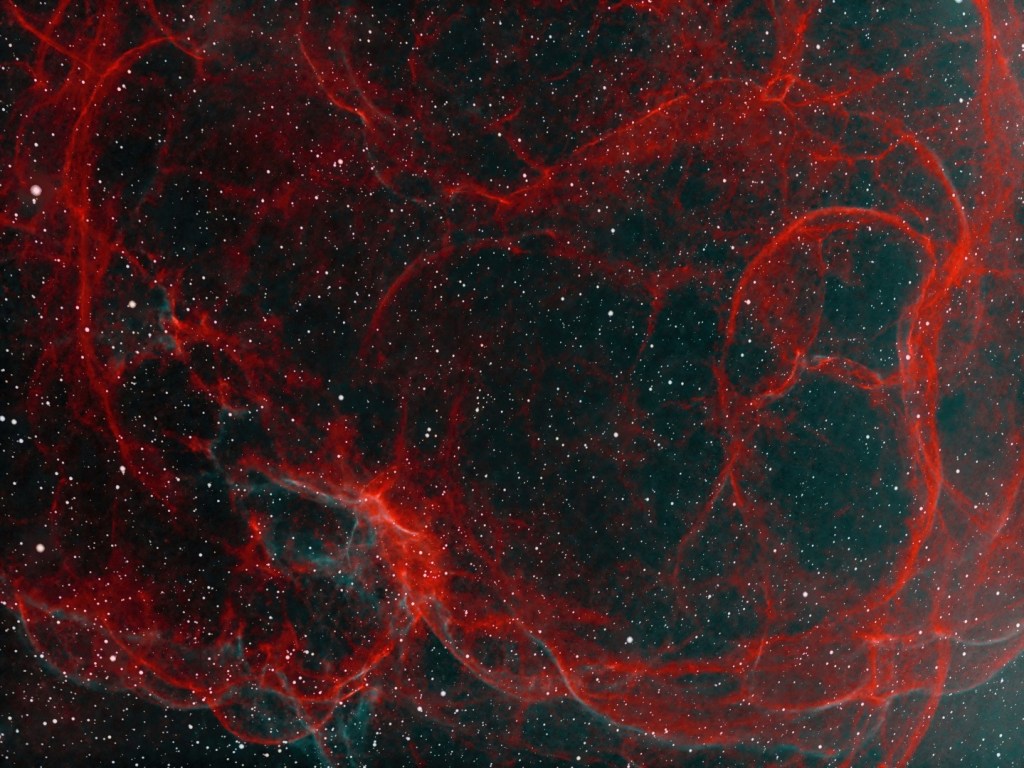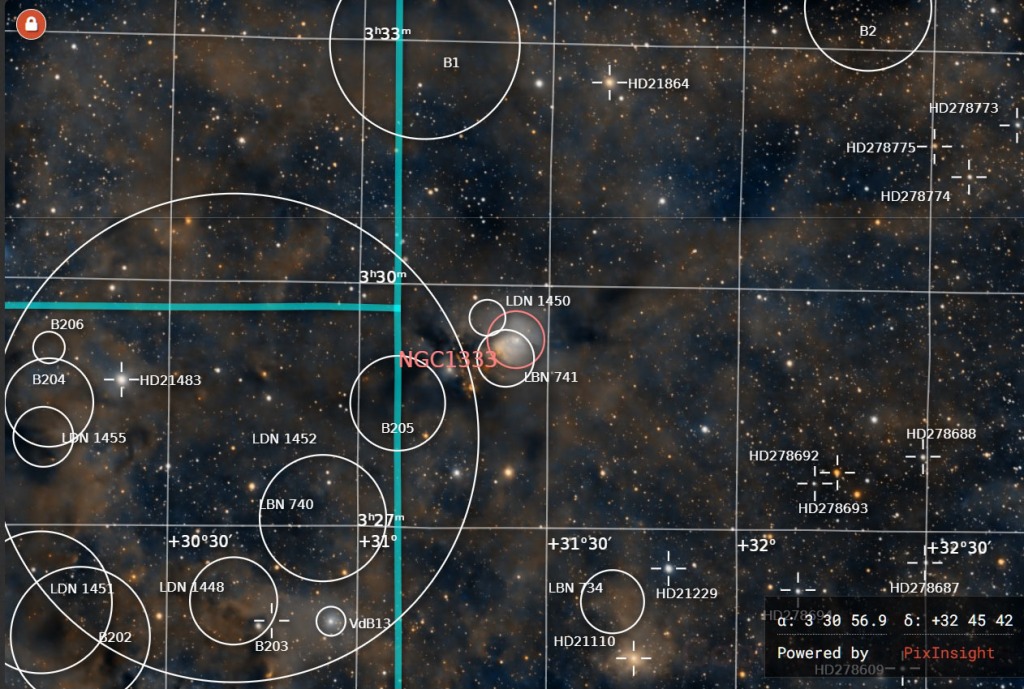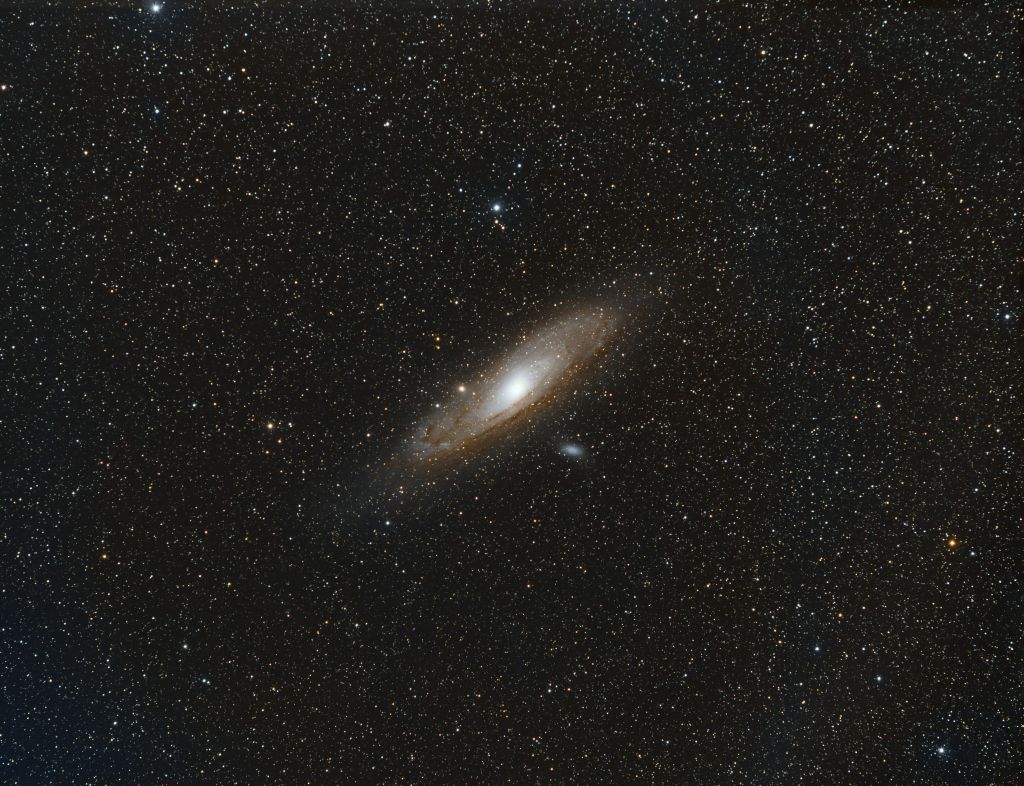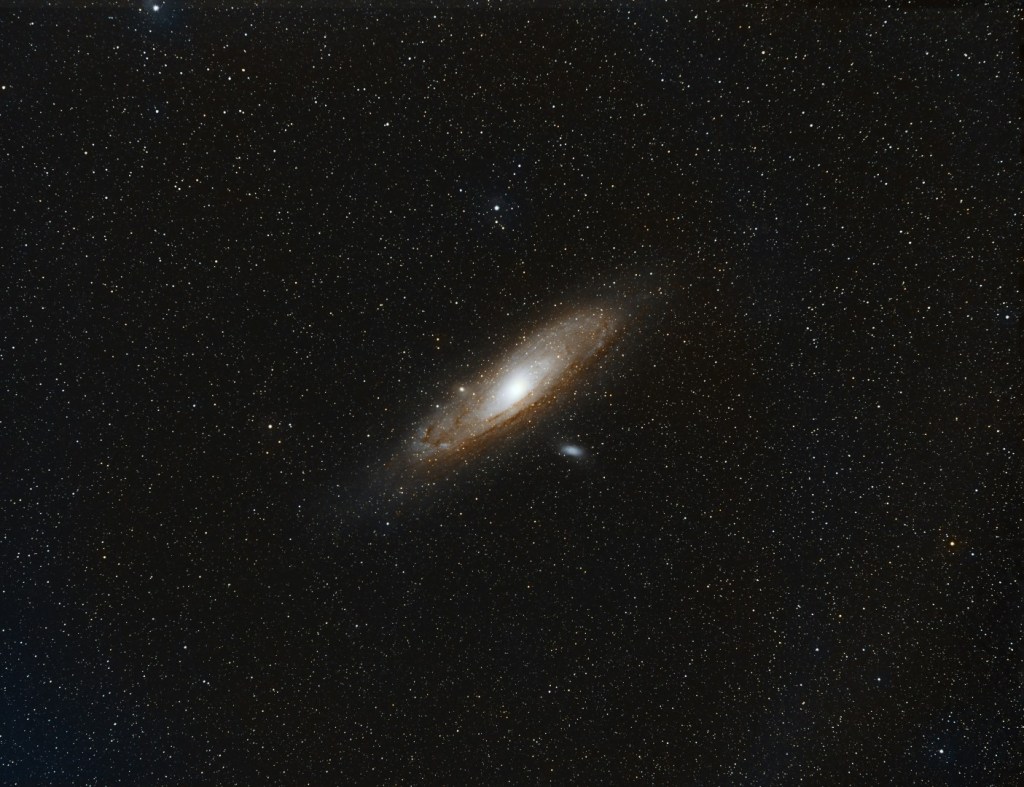
Of all the incredible features that constitute the Universe, located relatively close to home, I always marvel at the nature of globular clusters. Largely unknown by the lay person and myself until I took-up astronomy, more than 150 of these incredible objects orbit around the Milky Way in the form of a spherical halo both above and below the galactic disc. Between galaxy season (March – April) and the appearance of the Sagittarius arm of the Milky Way in the summer, is the globular so-called cluster season, which is heralded by the arrival of M3, one of the brightest and most popular of the clusters.
M3 was discovered by Charles Messier in 1764 but only correctly identified as a globular cluster twenty years later by William Herschel. Consisting of more than 500,000 million stars, of which at least 274 are variable stars, it is estimated to be over 11-billion years old, thus being some of the oldest stars in the Universe.

Using data gathered remotely from a Takahashi 106 FSQ situated in the dark skies of New Mexico, USA, the resulting image shows this spectacular object in all its glory. Apart from the marvellous star details within the cropped version of M3 (see top of the page), there’s also much to see and enjoy in the original widefield image (see above), that is also bountiful of colourful stars as well as several galaxies. Altogether I’m very pleased with the final image, which is probably my best globular cluster so far.
| IMAGING DETAILS | |
| Object | M3 Globular Cluster AKA NGC 5272 |
| Constellation | Canes Venatici |
| Distance | 34,000 light-years |
| Size | 18 arc minutes, which spans approx. 180 light-years |
| Apparent Magnitude | +6.2 |
| Scope | Takahashi FSQ 106 FL 530mm f/5 + Moonlight Nightcrawler focuser |
| Mount | Paramount MyT |
| Guiding | Yes |
| Camera | QSI 683-WSG8 KAF-8300 full frame CCD sensor 5.4nm pixels |
| FOV 1.94o x 1.46o Resolution 2.1”/pix. Image array 3326 x 2,507 pix | |
| Processing | Deep Sky Stacker, PixInsight v1.8.9-1 |
| Image Location & Orientation | Centre – RA 13:42:12.768 DEC +28:23:5.03 |
| Exposures | L x12, R x12, G x19, B x12 x 300 secs @ -20C Total Integration Time: 4hr 35min |
| Calibration | 30 x 300 secs Darks x56 Bias & x20 LRGB Flats |
| Location & Darkness | Deep Sky West – amateur hosting facility near Rowe, New Mexico – USA SQM Typically >= 21.7 |
| Date & Time | May 2018 |

